Entry Type: Place - Starting with O
O’Neal (Independence County)
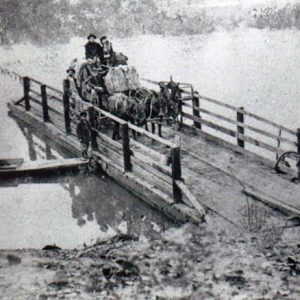 O'Neal Ferry
O'Neal Ferry
 Oak Bluff School
Oak Bluff School
Oak Bower (Hot Spring County)
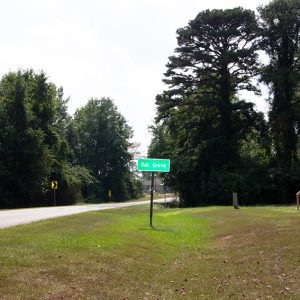 Oak Grove
Oak Grove
Oak Grove (Carroll County)
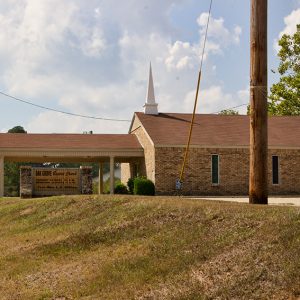 Oak Grove Baptist Church
Oak Grove Baptist Church
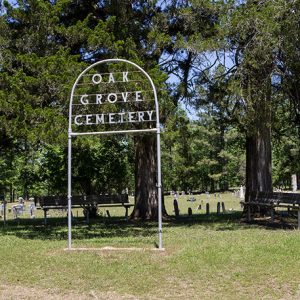 Oak Grove Cemetery
Oak Grove Cemetery
 Oak Grove Church
Oak Grove Church
 Oak Grove Church
Oak Grove Church
Oak Grove Heights (Greene County)
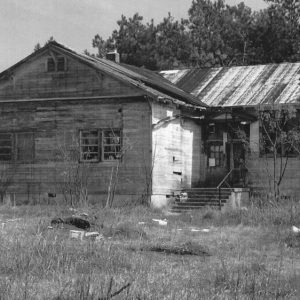 Oak Grove Rosenwald School
Oak Grove Rosenwald School
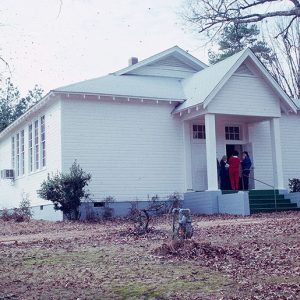 Oak Grove School
Oak Grove School
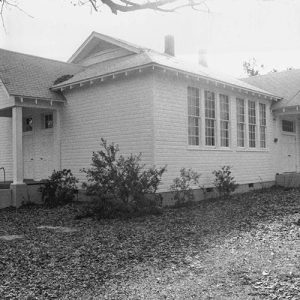 Oak Grove School
Oak Grove School
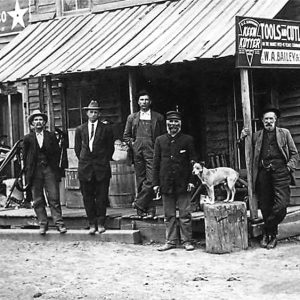 Oak Grove Store
Oak Grove Store
Oak Grove[s] (Clark County)
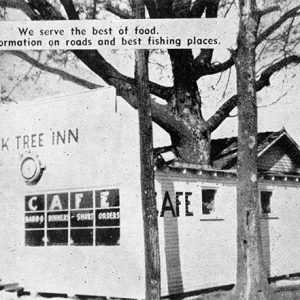 Oak Tree Inn
Oak Tree Inn
Oakhaven (Hempstead County)
Oakland (Marion County)
Oakland Cemetery
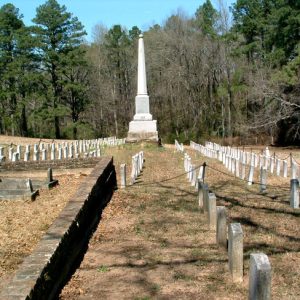 Oakland Cemetery
Oakland Cemetery
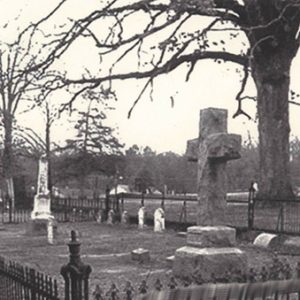 Oakland Cemetery
Oakland Cemetery
Oakland-Fraternal Cemetery
aka: Oakland & Fraternal Historic Cemetery Park
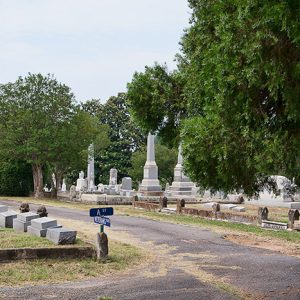 Oakland-Fraternal Cemetery
Oakland-Fraternal Cemetery
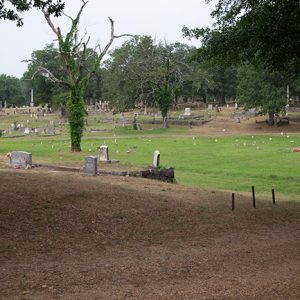 Oakland-Fraternal Cemetery
Oakland-Fraternal Cemetery
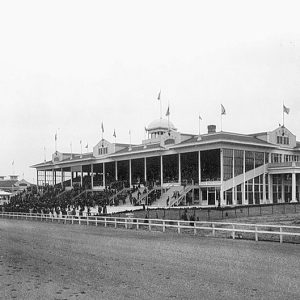 Oaklawn Park
Oaklawn Park
 Oaklawn Park Racetrack
Oaklawn Park Racetrack
 Oaklawn Park; 1916
Oaklawn Park; 1916
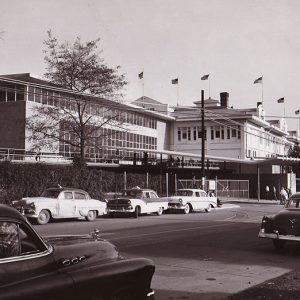 Oaklawn Entrance
Oaklawn Entrance
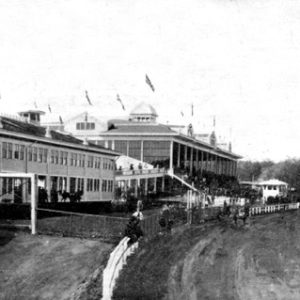 Oaklawn Racetrack
Oaklawn Racetrack
Oaklawn Racing Casino Resort
aka: Oaklawn Park Racetrack
aka: Oaklawn Jockey Club
aka: Oaklawn Racing and Gaming
 Oaks Cemetery
Oaks Cemetery
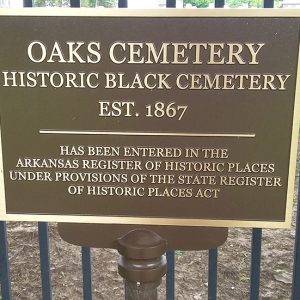 Oaks Cemetery Plaque
Oaks Cemetery Plaque
 Oaks Little Africa Cemetery
Oaks Little Africa Cemetery
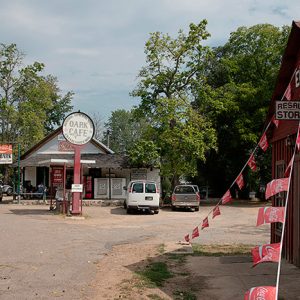 Oark General Store
Oark General Store
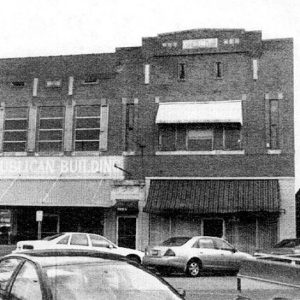 Odd Fellows Building
Odd Fellows Building
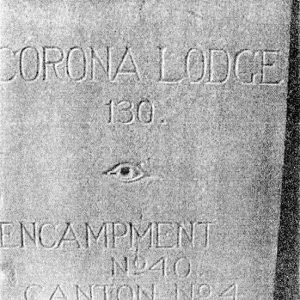 Odd Fellows Building Cornerstone
Odd Fellows Building Cornerstone
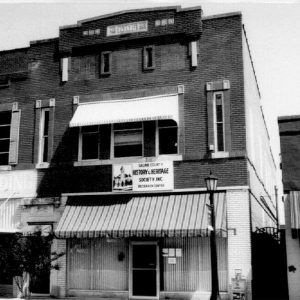 Odd Fellows Entrance
Odd Fellows Entrance
 Oddfellows Building
Oddfellows Building
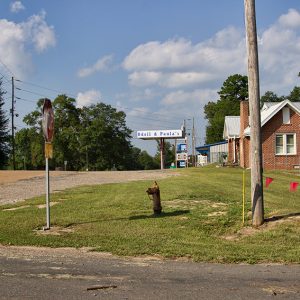 Odell & Paula's Food Center
Odell & Paula's Food Center
Oden (Montgomery County)
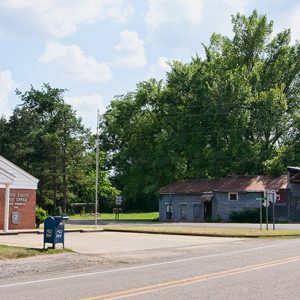 Oden Post Office
Oden Post Office
 Oden
Oden
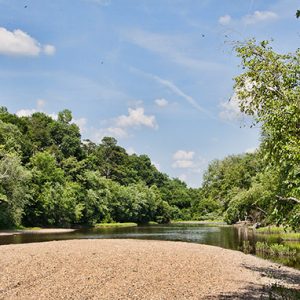 Ouachita River at Oden
Ouachita River at Oden
Ogden (Little River County)
Ogemaw (Ouachita County)
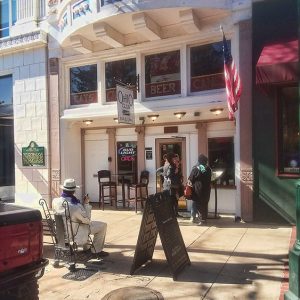 Ohio Club
Ohio Club
 Ohio Club
Ohio Club
 Ohio Club Interior
Ohio Club Interior




